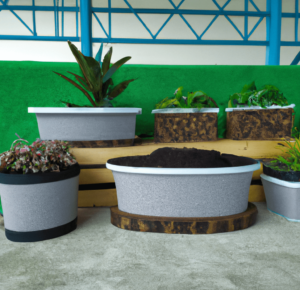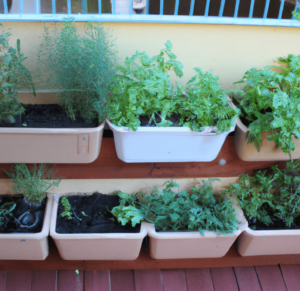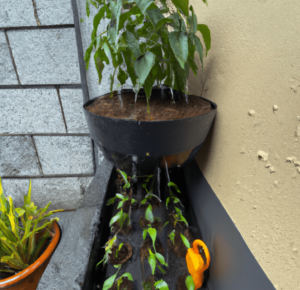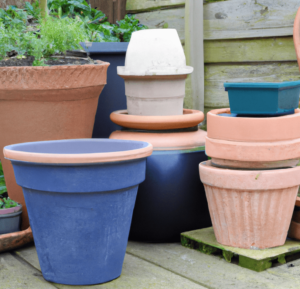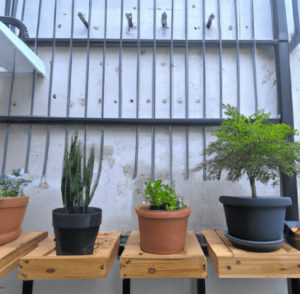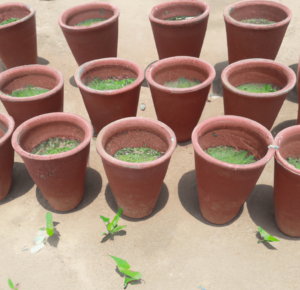Proper drainage in planters is one of the most crucial elements of plant maintenance. A plant’s root zone needs the ideal ratio of water, soil, and air to flourish. Root rot and finally plant mortality may result from a root zone that is always wet. The plant, on the other hand, won’t get enough moisture to grow correctly if the soil is too dry. This article will guide you through the role of drainage in planters and how to properly address it. Whether you’re a seasoned gardener or just getting started, here’s how to protect the health and well-being of your plants in planters.
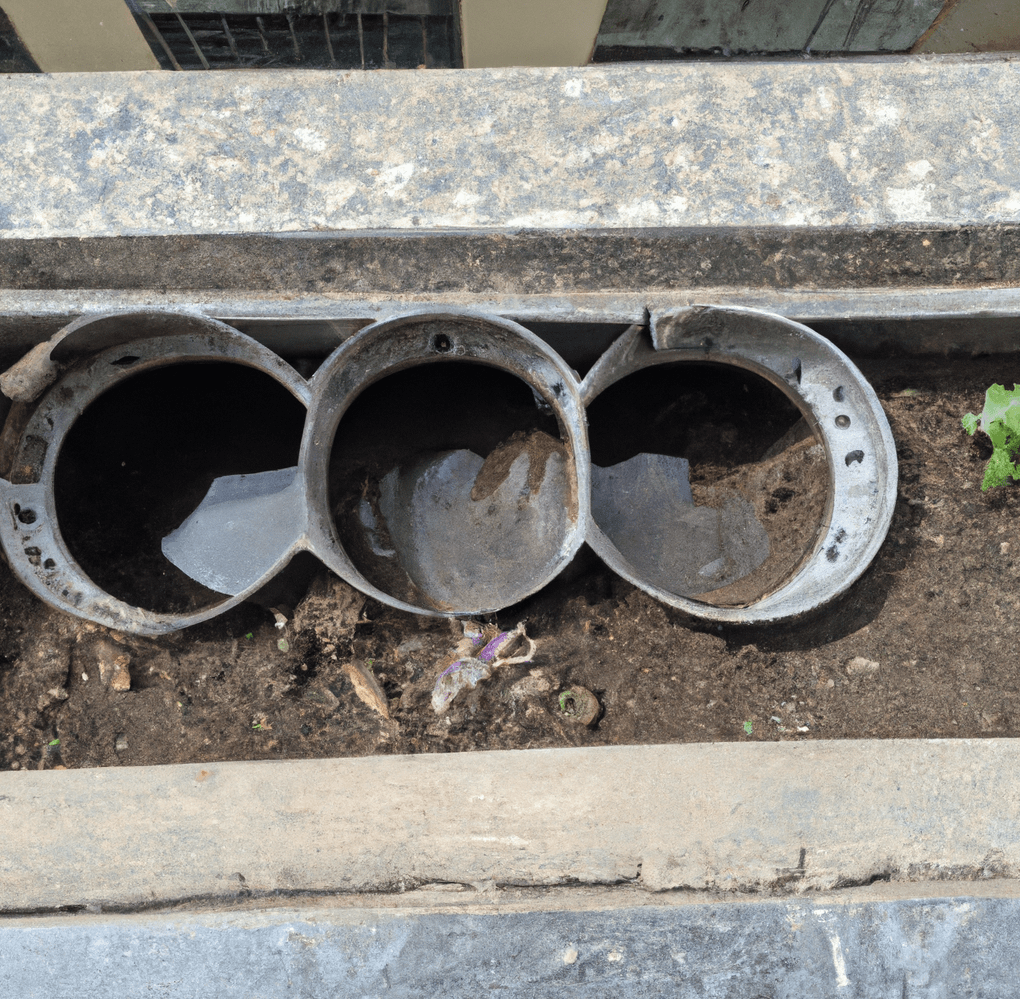
Understanding Drainage in Planters
You need to understand a few things before we dive into the role of drainage in planters and how to properly address it. The well-being of the root zone of a plant depends on proper drainage. A layer of gravel or rocks at the bottom, followed by a layer of potting mix, will make a planter well-draining.
This reduces waterlogging, which can cause root rot, and enables extra water to escape away from the root zone. You can make sure that your plants get the essential care they require to grow by making sure you’re using the right types of planters and their specific uses.
What Drainage Is and Why It Is Important in Planters
Water that is flowing away from a plant’s root zone is referred to as drainage. The root zone of planters normally consists of a mixture of soil and potting mix. The optimum combination of soil, air, and water must be present in the root zone for the planter to have healthy drainage. Water buildup in the root zone can cause root rot, which ultimately kills the plant. The plant, on the other hand, won’t get enough moisture to grow correctly if the soil is too dry.
Learning about the role of drainage in planters and how to properly address it is important. It’s crucial to add a layer of rocks or gravel to the bottom of a plastic container before planting to help excess water drain away from the root zone. This will guarantee continued good drainage of the plant’s root zone, which is necessary for robust growth. Understanding the significance of adequate drainage and how to deal with it is crucial whether you are planting in a plastic pot or directly in the ground.
Types of Drainage Materials Commonly Used in Planters
After choosing the best plants for container gardening, you have to make sure you learn about the role of drainage in planters and how to properly address it. These are the most popular materials used:
- Rock and gravel: Rocks and gravel are frequently used to form a layer at the bottom of a plastic pot that allows extra water to drain away from the root zone.
- Potting mix: To give plant roots the ideal ratio of soil, air, and water, potting mix is utilized as the main soil component in a pot.
- Commercial potting mixtures: These mixtures are created expressly to guarantee appropriate drainage in planters and frequently include a combination of organic materials and additives that aid in improving drainage and supplying the ideal level of moisture for plant roots.
- Moisture and nutrients: The correct amount of moisture and nutrients for plant roots are provided by soil treatments, which are also designed to help planters drain more effectively.
Factors to Consider When Selecting Drainage Materials
As you learn about the role of drainage in planters and how to properly address it, you can choose the best drainage materials after thinking about the following:
- Plant kind: Because different types of plants have varying moisture needs, it’s critical to select drainage options that are suitable for the type of plant you are cultivating. For instance, ferns need more water than succulent plants do, so you might need to select a different drainage method for each kind of plant.
- Watering customs: The kind of drainage material you want may also depend on your watering practices. You may need to use materials that can withstand more water if you frequently water your plants. On the other side, you could require components that can aid hold moisture if you are less rigorous about watering.
- Climate: The type of drainage material you require might also be influenced by the climate in your growing region. It may be necessary to use materials that can help maintain moisture if you live in a hot, dry region. You could require supplies that can help with drainage if you live in a humid climate.
- Moisture sensors: You might want to think about utilizing moisture sensors to help monitor the moisture levels in your planter if you’re worried about overwatering or underwatering. You may avoid overwatering or underwatering your plants by using moisture sensors to assist you to decide when to water them.
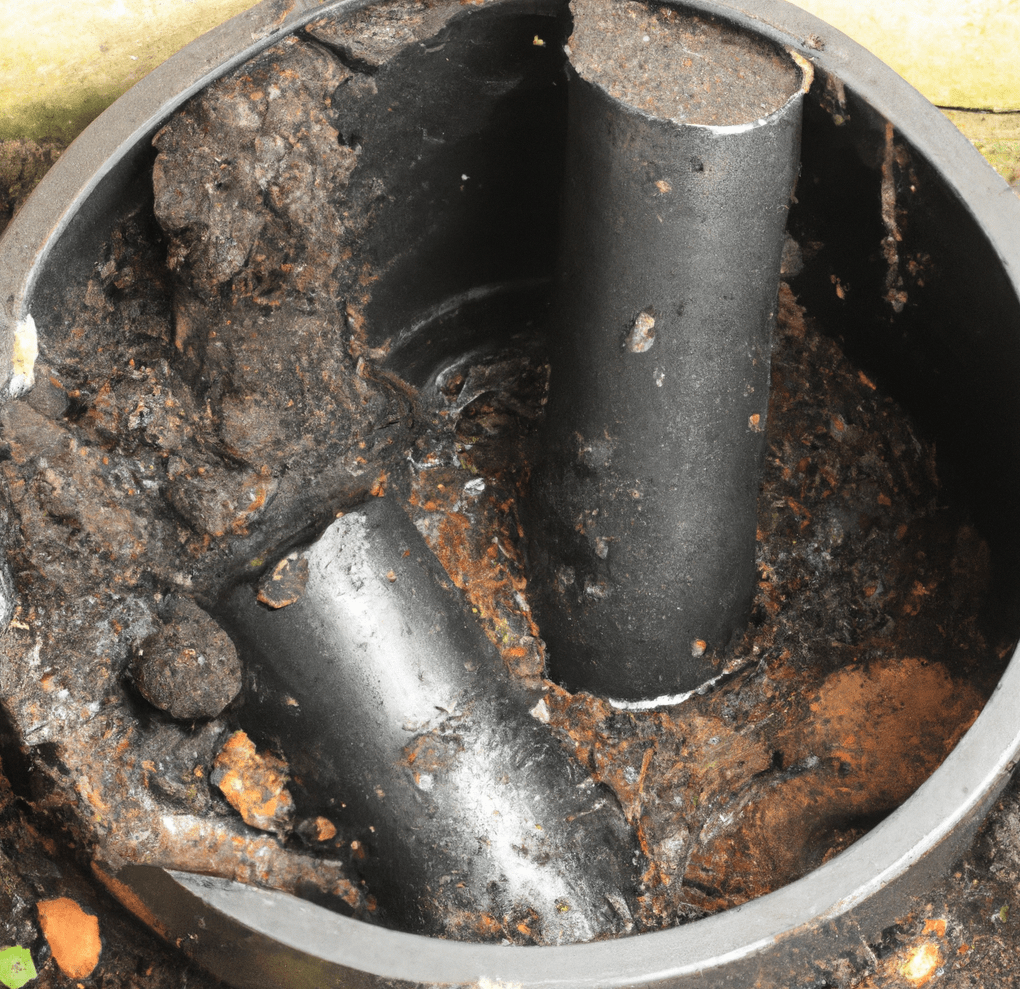
Proper Drainage Techniques
There are numerous methods you may employ to make sure that your planters have the proper ratio of water, air, and soil. After learning about the role of drainage in planters and how to properly address it, choose from the following techniques:
- Use a potting mix: When growing plants in a pot, it’s crucial to use a potting mix that will give your plants the ideal ratio of soil, air, and water. Organic components and additives that help with drainage and supply the ideal moisture levels for your plants should be included in a good potting mix.
- Add some gravel on top: Improve drainage by placing a layer of gravel at the bottom of your pot. The gravel’s ability to channel runoff away from the root zone will aid in preventing water from building up and leading to root rot.
- Ensure adequate airflow: Your plants’ health depends on proper air circulation, therefore it’s crucial to pick a pot that will allow enough air to reach the root zone. Consider using a saucer to assist prevent water from pouring out when choosing a pot, and search for pots with numerous drainage holes on the bottom.
- Water properly: Root rot in plants is frequently brought on by overwatering, so it’s crucial to water your plants correctly to guarantee good drainage. Before watering your plants, always check the soil’s moisture level in the planter. If the soil is still wet from a previous watering, don’t water your plants.
How to Create Proper Drainage in Planters
To ensure the long-term success of your gardening efforts and the health of your plants, it’s crucial to provide good drainage in planters. After learning about the role of drainage in planters and how to properly address it, you can use the following tips:
- Choose the correct potting soil: To guarantee optimum water permeability, use well-draining potting soil that has a blend of soil, sand, and organic matter.
- Check the moisture content: Check the moisture levels in your pots frequently, and stay away from overwatering, which can cause root rot and other issues.
- Use a container with numerous drainage holes: To allow extra water to drain and avoid water being stuck in the root zone, choose a pot with numerous drainage holes at the bottom.
- Add some gravel on top: To aid in better drainage and avoid water becoming caught in the soil, add a layer of gravel to the bottom of your planter.
- Clean and inspect drainage holes: Check and clean your drainage holes frequently
Techniques for Addressing Poor Drainage in Existing Planters
After you learned about the role of drainage in planters and how to properly address it and realize you have planters with poor drainage, there are a few things you can do. One typical method is to take the plant out of the pot with the roots attached and look at the root zone to check if it has become soggy. If so, you can gently shake off any extra water from the roots and let the root zone breathe.
To aid in better drainage, you can also fill the pot’s bottom with extra drainage components like gravel or perlite. To assist prevent poor drainage from happening again, think about choosing a well-draining potting mix and avoiding over-watering in the future. You may improve the health and lifetime of your plants by fixing any planters with inadequate drainage.
Common Drainage Problems and Solutions
Root rot and other concerns that could harm your plants can result from poor drainage in pots. Overwatering, a bad soil mix, plugged drainage holes, and utilizing a pot with inadequate drainage are a few typical causes of drainage issues.
After learning about the role of drainage in planters and how to properly address it, you can use a well-draining potting mix and properly water your plants to solve these problems. To help with drainage, you may also add a layer of gravel to the bottom of the pot. You should also frequently check and clean your drainage holes.
You can assist prevent typical drainage issues in your planters and guarantee the health and longevity of your plants by using these remedies.
Bottom Line: The Role of Drainage in Planters and How to Properly Address It
The role of drainage in planters and how to properly address it is a great skill to have. Root rot and other problems that could affect your plants can be avoided by being aware of the value of draining, choosing the right drainage products, and putting proper drainage procedures into practice.
You can assist guarantee that your planters have adequate drainage and that your plants stay healthy and vibrant by using the advice and best practices provided in this article. We strongly advise you to use these methods in your own planters so that you can personally benefit from proper drainage.
The Role of Drainage in Planters and How to Properly Address It FAQs
Why is it necessary to have appropriate drainage in planters?
When a plant’s root zone has the appropriate balance of water, soil, and air, proper drainage in planters has occurred. This is important for the plant’s health because too much water can cause root rot and plant death, while not enough moisture can prevent the plant from developing properly.
What does a planter’s root zone look like?
The soil and potting mix that makes up a planter’s root zone often contains the plant’s roots. To support the health and growth of the plant, the root zone must have adequate drainage.
What types of materials are frequently utilized in planters for drainage?
Rock and gravel, commercial potting mixtures, potting mix, and soil treatments that offer the right quantity of moisture and nutrients for the plant’s roots are some of the drainage materials frequently utilized in planters.
What elements should I take into account when choosing drainage materials for my planters?
You should take into account the sort of plant you are growing, your watering routines, the environment in your growing location, and whether you need to utilize moisture sensors to monitor the moisture levels in your planter when choosing drainage materials.
What are some proper planter drainage methods?
Utilizing a quality potting mix, adding a layer of gravel to the bottom of the pot, ensuring appropriate airflow, and using moisture sensors to monitor the moisture levels are some proper drainage procedures for planters.
Why is it important to learn about drainage in planters and how to properly address it?
It’s critical to comprehend the function of drainage in planters because it promotes the health and well-being of your plants. For healthy growth and to avoid root rot, adequate drainage is essential.


